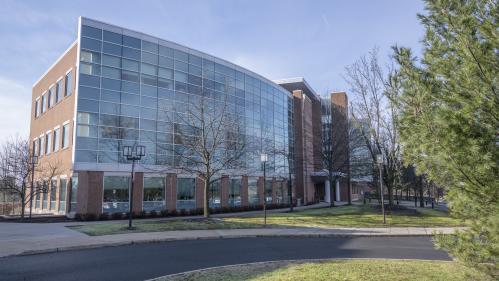
In Vivo Research Services
The mission of In Vivo Research Services is to provide in vivo research using a variety of animal species for both academic and industry clients. Rutgers offers competitive fee-for-service pricing, confidentiality, accuracy, and rapid service.



